The NiMH battery voltage is a common point of curiosity for many, especially as these rechargeable powerhouses become a go-to choice for everyday devices.
Unlike traditional alkaline batteries, a standard NiMH battery operates at a nominal voltage of 1.2V per cell.
This characteristic is a fundamental aspect of their design, allowing them to deliver consistent, reliable power for everything from remote controls to high-drain digital cameras.
We're here to clarify how this voltage works, ensuring you make informed decisions for your power needs.
Table of Contents
- Understanding the 1.2V Standard of NiMH Battery Voltage
- What is The Voltage of A Fully Charged NiMH Battery?
- What is the Discharge Voltage of a NiMH Battery? (And when is it "Empty"?)
- Common NiMH Battery Voltage Issues: Troubleshooting
- How to Test Your NiMH Battery Voltage?
- How to Charge NiMH Batteries for Optimal Voltage & Longevity?
- Wrapping Up
- FAQ
Understanding the NiMH Battery Voltage
Let's dive into the core of what makes these batteries tick, starting with their fundamental voltage.
The 1.2V Nominal Voltage
When you pick up a NiMH battery, you'll notice it's rated at 1.2V. This is the "nominal voltage," representing the average operating voltage during discharge.
For the vast majority of its operational life, it maintains a consistent 1.2V output. This flat discharge curve is a core feature of NiMH batteries, providing your devices with reliable power from start to finish.
For a single NIMH battery cell, 1.2V is the standard (peaking around 1.4V-1.5V right off the charger).
This differs from primary alkaline batteries, which start at 1.5V.
Why are NiMH Batteries Only 1.2V?
The 1.2V nominal voltage stems from the unique electrochemistry of nickel-metal hydride batteries. Inside, a NiMH battery uses nickel oxide as the positive electrode and a hydrogen-absorbing metal alloy as the negative electrode, with an alkaline electrolyte.
During discharge, a chemical reaction releases electrons, generating electricity. This specific process inherently produces an average voltage of 1.2V per cell. It's a fundamental characteristic of how these components interact to store and release energy.
For a deeper dive into the fascinating world of how NiMH batteries work, explore our comprehensive guide.
What Is a NiMH Battery and How Does It Work
1.2V vs. 1.5V
If alkaline batteries are 1.5V, will a 1.2V Ni-MH battery voltage work in my device?
The answer is almost yes!
Most electronic devices operate within a voltage range. While an alkaline battery starts at 1.5V, its voltage quickly drops during use, often spending most of its life below 1.2V before it's considered "dead" at around 0.9V.
NiMH batteries, on the other hand, maintain a very stable 1.2V throughout the majority of their discharge cycle, providing consistent power until nearly depleted.
This stable voltage delivery often translates to better performance in high-drain devices like digital cameras or remote-controlled toys.

What is The Voltage of A Fully Charged NiMH Battery?
Once you've plugged in your NiMH batteries for a refresh, you might wonder what voltage they should display. It's a bit more nuanced than a simple "full" indicator.
The Charging Curve
When your NiMH batteries are actively charging, their voltage can climb higher than the nominal 1.2V. This is perfectly normal.
During charging, the voltage can temporarily rise to about 1.4V to 1.5V, or even slightly higher, depending on the charger and the battery's state.
This temporary voltage spike is part of the energy transfer process, pushing electrons back into the battery's chemical structure.
Settling Voltage
Here's where the magic happens. Once your NiMH battery is fully charged and removed from the charger, its voltage won't stay at that peak 1.4V-1.5V.
Instead, it will gradually "settle" back down to its stable nominal voltage of around 1.2V per cell.
This settling period, often called "resting voltage," is the true indicator of a fully charged NiMH battery.
This stable 1.2V is what your devices are designed to operate with consistently.
What is the Discharge Voltage of a NiMH Battery? (And when is it "Empty"?)
NiMH batteries maintain a stable voltage around 1.2V for much of their discharge cycle, then drop sharply toward the end.
The lowest safe discharge voltage is typically around 1.0V per cell.
When the voltage drops to about 1.0V, the battery has already used most of its capacity and is near the discharge end.
At around 1.0V, the remaining charge could be roughly close to 0-10%, indicating the battery is almost empty and needs recharging soon.
Pushing the battery below this point is what we call "over-discharging" or "deep discharge."
Think of it like trying to squeeze every last drop of toothpaste from the tube; you might get a tiny bit more, but you risk damaging the tube itself.
Over-discharging can significantly reduce your battery's lifespan and capacity over time, making it less effective in the long run.
For instance, if you notice your 9V NiMH battery pack only showing 8V or less and struggling in a smoke alarm, it might be nearing or past its safe discharge limit, indicating it needs a recharge to prevent further strain.
Common NiMH Battery Voltage Issues: Troubleshooting
Even the best batteries can sometimes present a puzzle. Knowing the likely causes of common issues can save you time and frustration, getting your devices powered up faster.
My NiMH Battery Reads 0V: What to Do?
A 0V reading usually means the battery has been deeply discharged, and its internal protection circuit has put it into a "sleep" mode.
A basic charger won't recognize it, but a quality EBL smart charger has an "activation" feature.
Simply insert the battery and let the charger work for about 30 minutes.
It will often deliver small pulses of energy to safely wake the battery up before beginning a normal charge cycle.
For example, if your EBL C Cell NiMH battery shows an error during charging, it might be due to over-discharge, and charging it for an extra 30 minutes might activate it.
While these methods can sometimes revive a 0V battery, its overall capacity and lifespan might be permanently reduced.
We always recommend avoiding this scenario to keep your batteries in top shape.
Why is my 9V NiMH battery only reading 8.4V?
A 9V rechargeable battery isn't a single 9V cell. Instead, it's a pack of seven smaller 1.2V cells connected in series inside that rectangular case.
So, let's do the math: 7 cells x 1.2V nominal voltage per cell = 8.4V.
An 8.4V reading on your 9V NiMH battery means it's operating exactly as designed. When fully charged, it might even peak over 9.6V.
Additionally, internal balancing within the battery cells can cause minor fluctuations.
Don't fret if your NIMH battery voltage shows a tiny dip; it's usually just the battery finding its happy place.
Why is My 9V NiMH Battery Only 8V? (It's Normal!)
An 8V reading indicates the battery is partially discharged and needs recharging.
While it might still power some devices, it's nearing the end of its consistent power delivery. Just as a single NiMH cell drops below 1.2V when it needs a charge, a 9V pack will drop below 8.4V.
Consistently letting it drop much lower than 8V (towards 7V or less) can lead to over-discharge and reduce its overall lifespan and capacity over time.
Why Does My Battery Voltage Drop So Quickly?
If you notice a sudden drop in performance, it's usually due to one of three things:
- Cold Temperatures: As the environment gets colder, the chemical reactions inside the battery slow down, reducing its ability to deliver power.
- A High-Drain Device: Gadgets like digital cameras and gaming controllers demand a lot of current, can also cause the voltage to dip more rapidly under load, even if the battery has plenty of charge left.
- Age and Wear: Over hundreds of cycles, a battery's internal resistance increases. This makes it harder for the energy to get out, causing the voltage to sag under load.
How to Test Your NiMH Battery Voltage
Knowing how to accurately test your NiMH battery voltage is a superpower for any battery user.
It helps you assess battery health, troubleshoot issues, and make informed decisions about charging.
The best tool for this job is a digital multimeter (DMM).
Here's how we recommend you do it:
Step #1: Set Your Multimeter
Turn the dial to the DC voltage setting (usually indicated by a "V" with a straight line above it).
Choose a range that accommodates your battery's voltage (e.g., 2V for a single AA/AAA, 20V for a 9V pack).
Step #2: Connect the Probes
Touch the red (positive) probe to the battery's positive (+) terminal and the black (negative) probe to the battery's negative (-) terminal.
Step #3: Read the Display
The number on the screen is your battery's current voltage.
Remember, a fully charged NiMH battery will settle around 1.2V per cell after resting.
If you're testing a battery right off the charger, the reading might be higher, but it will normalize.
If you're testing a battery that's been in storage, a lower voltage might indicate self-discharge, but a recharge can often bring it back to full strength.
For more complex diagnostics, like measuring internal resistance, specialized battery testers are available, as a standard multimeter's ohm setting isn't suitable for this.
How to Charge NiMH Batteries for Optimal Voltage & Longevity?
Let's talk about the best ways to charge them to maintain that optimal voltage and extend their life.
Choosing the Right Charger
Selecting the right charger makes all the difference in performance and longevity.
A "smart" charger is the champion. Unlike basic, timed chargers that simply push current for a set period, smart chargers employ sophisticated methods to detect when your batteries are truly full.
These methods often include monitoring for a slight voltage drop (-dV/dt), a zero voltage change (0dV/dt), or a specific temperature rise.
This precision prevents overcharging, which is a common culprit for reduced battery lifespan and inconsistent Ni-MH battery voltage over time.
EBL chargers with these advanced features ensure your batteries receive the perfect charge every time.
Understanding Simple Methods of Voltage Cut-off
The magic of a smart charger lies in its ability to "know" when to stop. It's not just about reaching a certain voltage; it's about recognizing subtle cues from the battery itself.
The "-dV/dt" method detects a tiny dip in the battery's voltage right as it reaches full capacity. It's like a subtle sigh of contentment from the battery, signaling it's had enough.
When the charging current is lower, this voltage dip might be too small to detect. That's where "0dV/dt" comes in – the charger looks for the point where the voltage stops rising, indicating saturation.
Additionally, a significant temperature increase often signals that the battery is converting excess energy into heat, a clear sign it's full.
These sophisticated algorithms ensure your NIMH batteries are charged to their optimal voltage levels without stress, helping to maintain their health and prevent issues like overheating.
This is particularly important for those of you with RC hobbies who are wondering how to set the cut-off voltage for your NiMH RC battery – a smart charger handles this automatically and safely.
Can You Overcharge a NiMH Battery? Risks and Prevention
Yes, you absolutely can overcharge a NiMH battery, and it's something we strongly advise against.
It’s like trying to inflate a balloon beyond its capacity – it will eventually burst.
Similarly, forcing more charge into a full NiMH battery can lead to a host of problems: excessive heat generation, internal pressure buildup, deformation, and even leakage.
These issues not only damage the battery but also significantly shorten its overall lifespan and compromise its ability to hold a stable voltage.
Overcharging causes the battery's internal chemistry to go into overdrive, producing gases that can't be recombined quickly enough, leading to the pressure increase.
The best prevention is using a smart charger that employs the termination methods we just discussed.
Never leave your NiMH batteries on a basic, unregulated charger indefinitely, as this is a surefire way to invite trouble.
The EBL Advantage: Smart Charging for Stable Voltage
At EBL, we've spent over 20 years perfecting battery technology, and our charging solutions reflect that dedication.
Our commitment to innovation means we design chargers that not only get your batteries ready quickly but also protect their long-term health and maintain their optimal voltage.
EBL’s Ready-To-Use NiMH batteries are engineered with lower self-discharge rates, meaning they hold their charge longer and are less prone to issues from prolonged trickle charging.
This aligns perfectly with our "Charge, Don't Dispose" philosophy, promoting sustainability by maximizing the life of every battery.
When you choose EBL, you're not just buying a battery; you're investing in reliable, consistent power backed by decades of expertise and a commitment to both performance and the planet.
Wrapping Up
We've taken a deep dive into the world of NiMH battery voltage, debunking myths of these rechargeable powerhouses.
You now know that the 1.2V nominal voltage is a superior design feature that delivers consistent, stable power to your most demanding devices.
It's time to stop the cycle of endless disposable batteries. Make the smart choice for your gadgets, your wallet, and our planet.
Explore our range of high-performance NiMH batteries and smart chargers today!
FAQ
How do I know if my NiMH battery is full?
A smart charger will typically indicate when charging is complete, often with a light change. A fully charged NiMH battery will usually read around 1.4V to 1.5V right off the charger before settling.
How to tell if a NiMH battery is bad?
A bad NiMH battery might not hold a charge, show extremely low voltage even after charging, or experience significant capacity loss (dies quickly in devices). In some cases, it might also show physical leakage or swelling.
What does NiMH stand for?
NiMH stands for Nickel-Metal Hydride, referring to the chemical composition that allows these batteries to be rechargeable.
At what voltage is NiMH dead?
A NiMH battery is considered deeply discharged and effectively "dead" (or needing immediate recharge to prevent damage) when its voltage drops to around 0.9V to 1.0V per cell under load.
Which batteries last longer, lithium or NiMH?
It depends on the specific application and definition of "last longer." Lithium-ion batteries generally have higher energy density and a wider voltage range, often leading to longer runtimes per charge in compatible devices, while high-quality NiMH batteries offer excellent cycle life and stable voltage for many devices.
How many amps should you charge a NiMH battery at?
The ideal charging current depends on the battery's capacity, but generally, a rate between 0.5C and 1C (where C is the battery's mAh capacity) is recommended. EBL smart chargers automatically optimize this for safe and efficient charging.
Can I replace NiMH with lithium-ion?
While EBL offers specialized 1.5V Lithium-ion batteries (equipped with an internal buck-boost chip) that directly replace alkaline or NiMH, some very voltage-sensitive devices might still perform best with their original intended battery type. Always check device recommendations, especially for precision electronics.


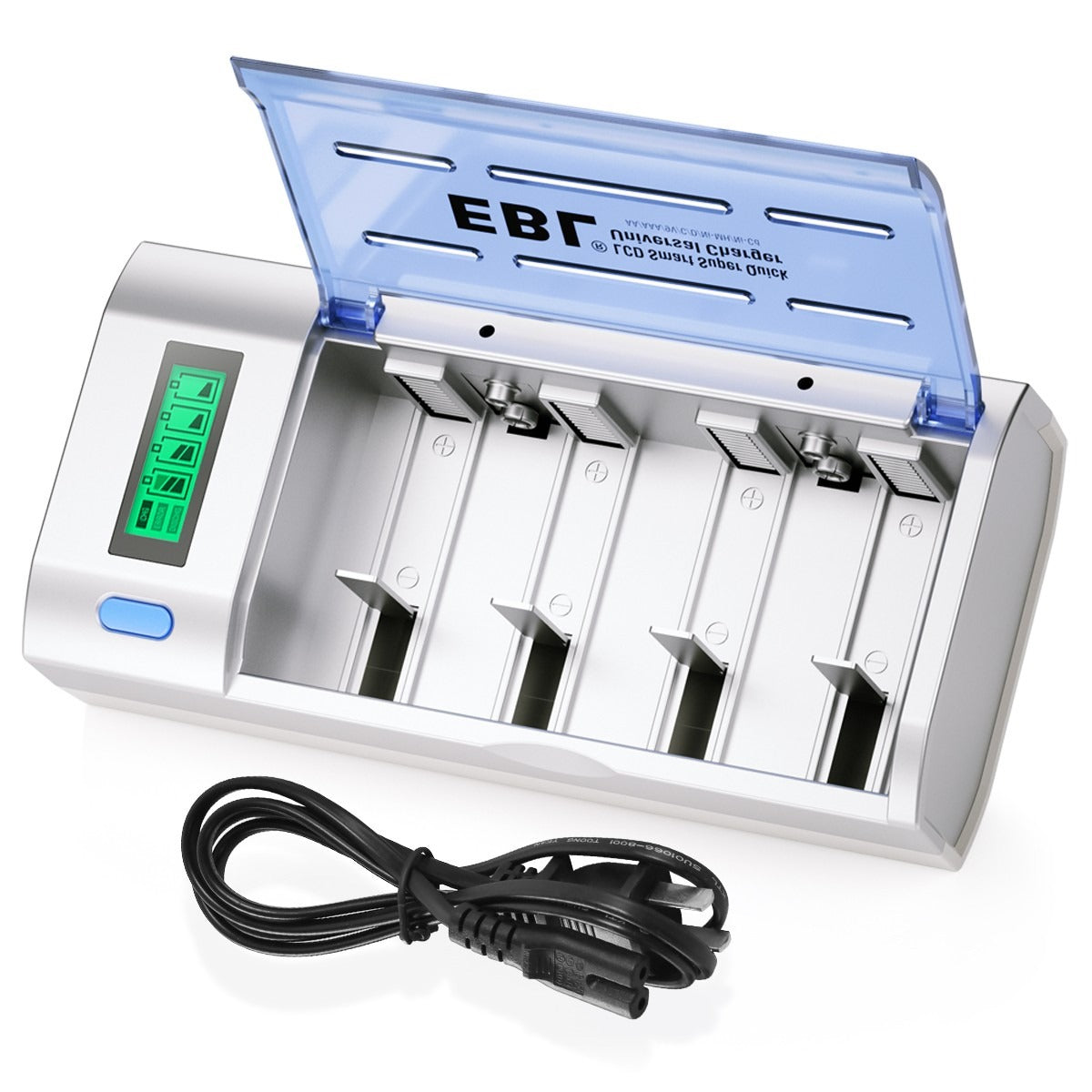
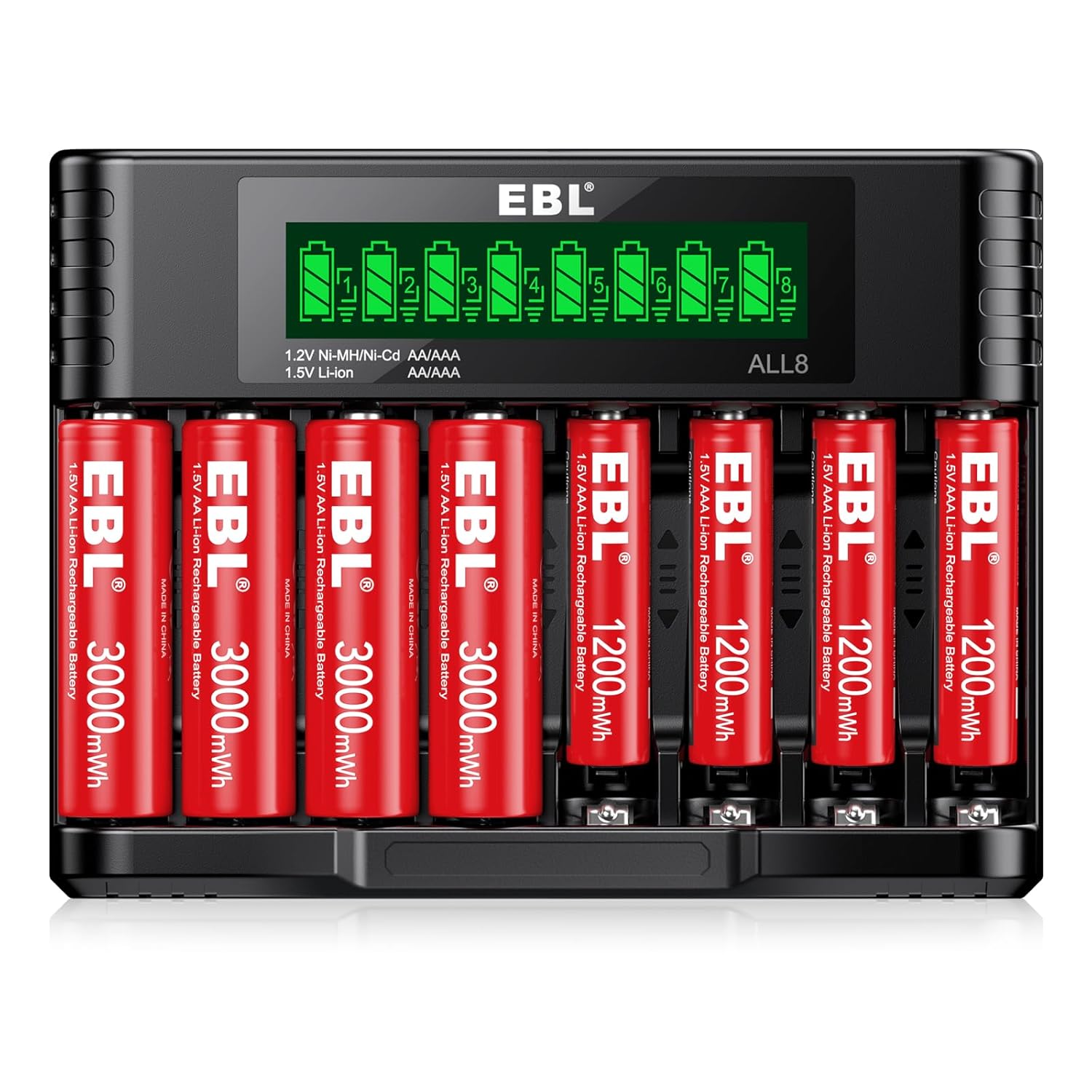

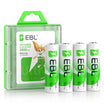
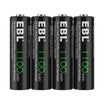
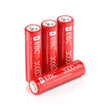

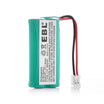
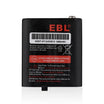
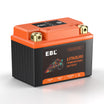
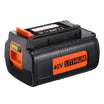
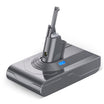
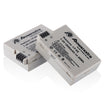
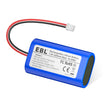
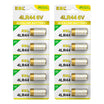
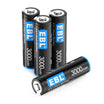
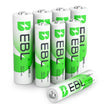


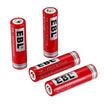
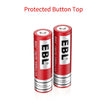
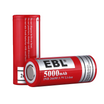

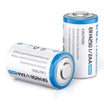
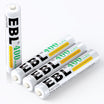
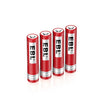


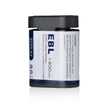
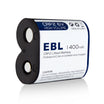
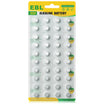
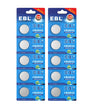





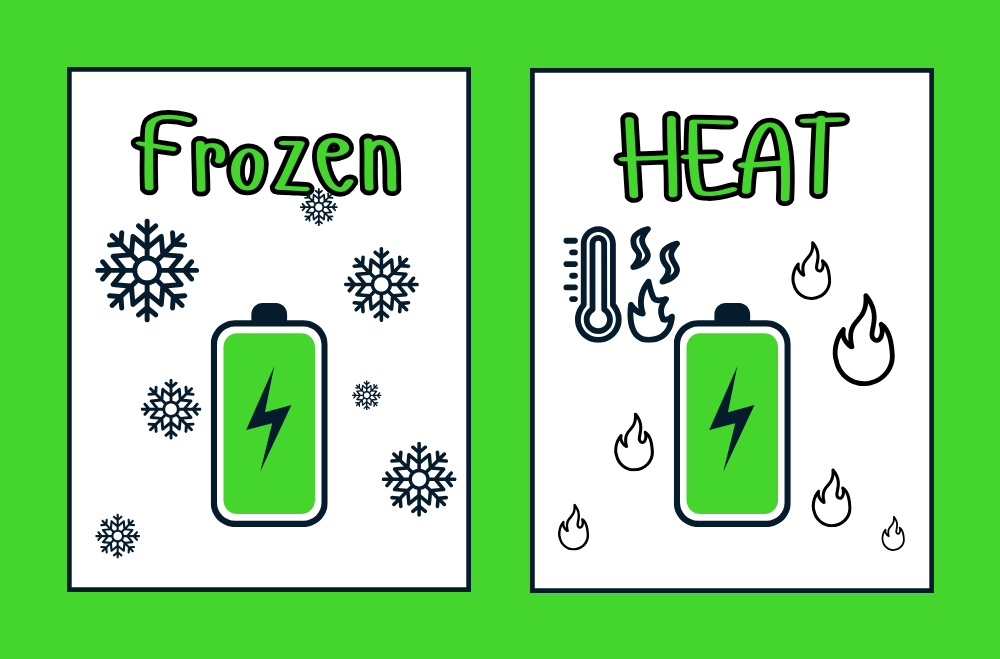
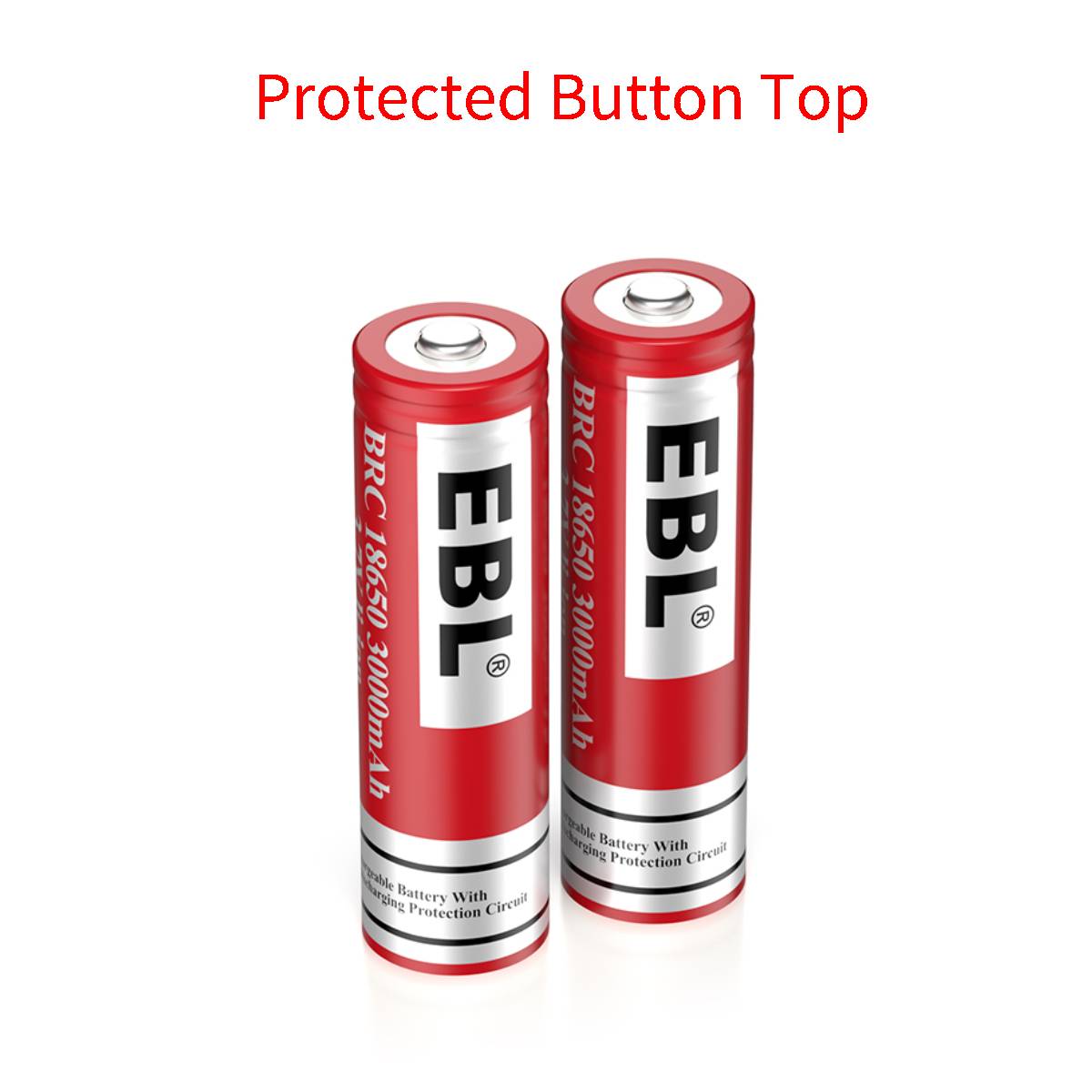
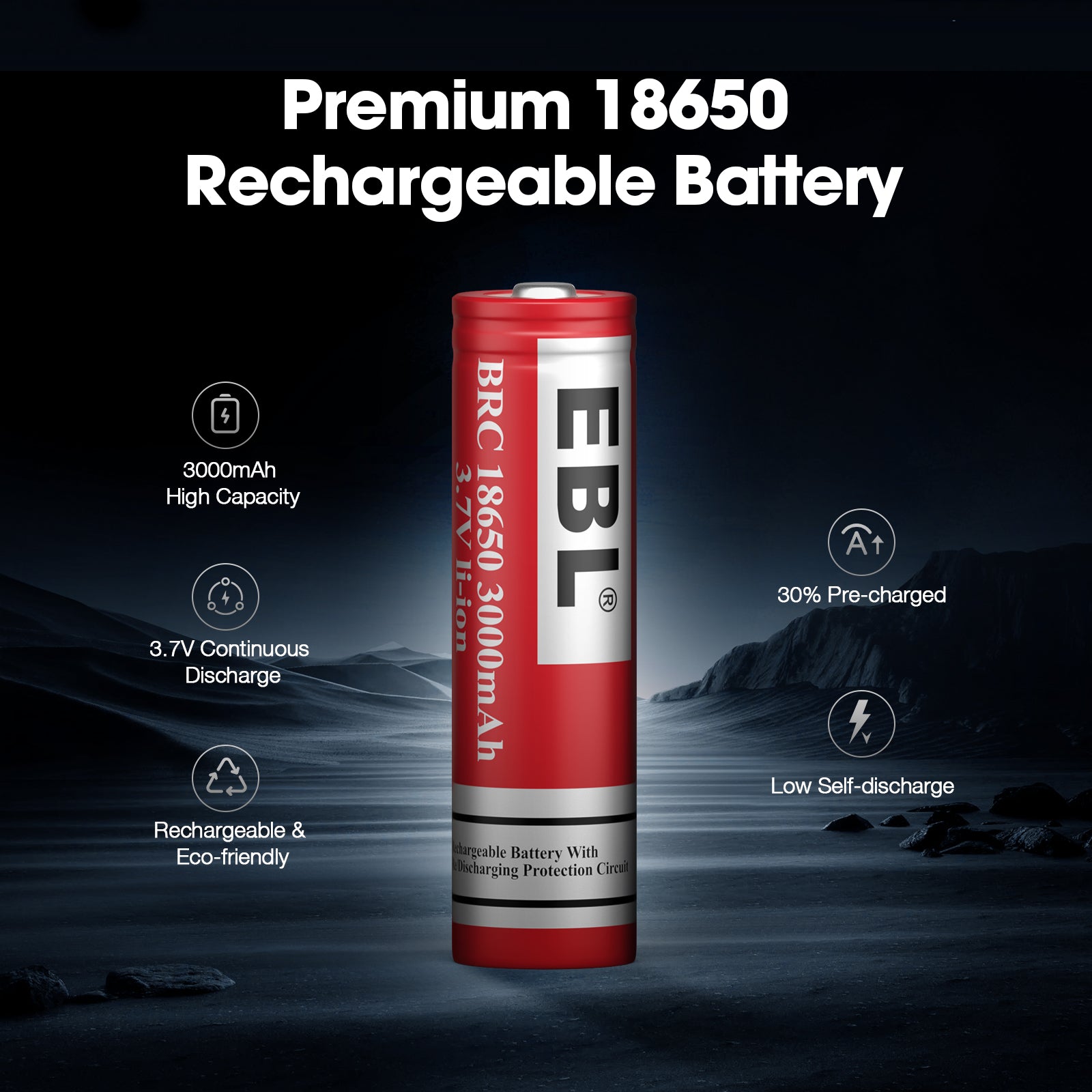
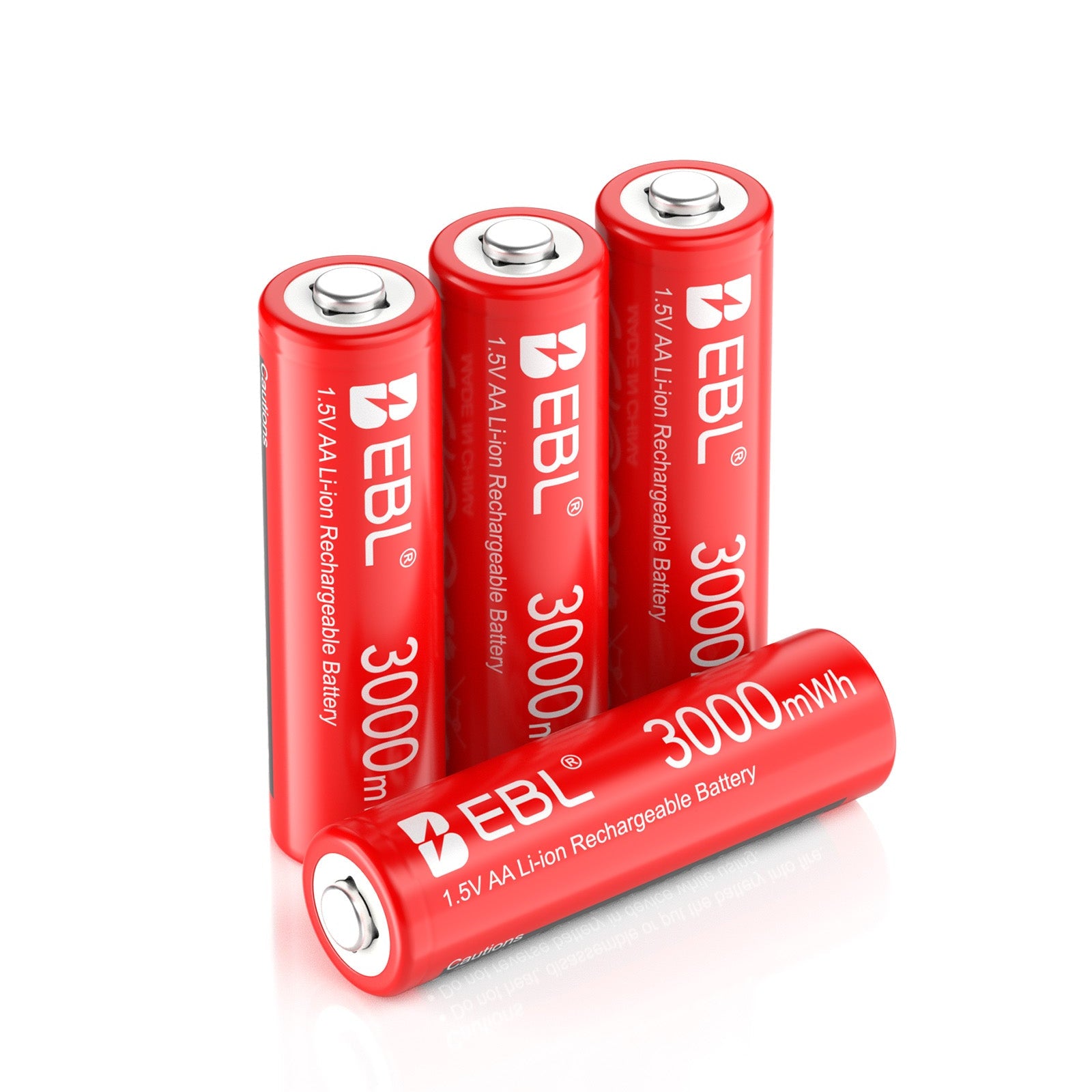
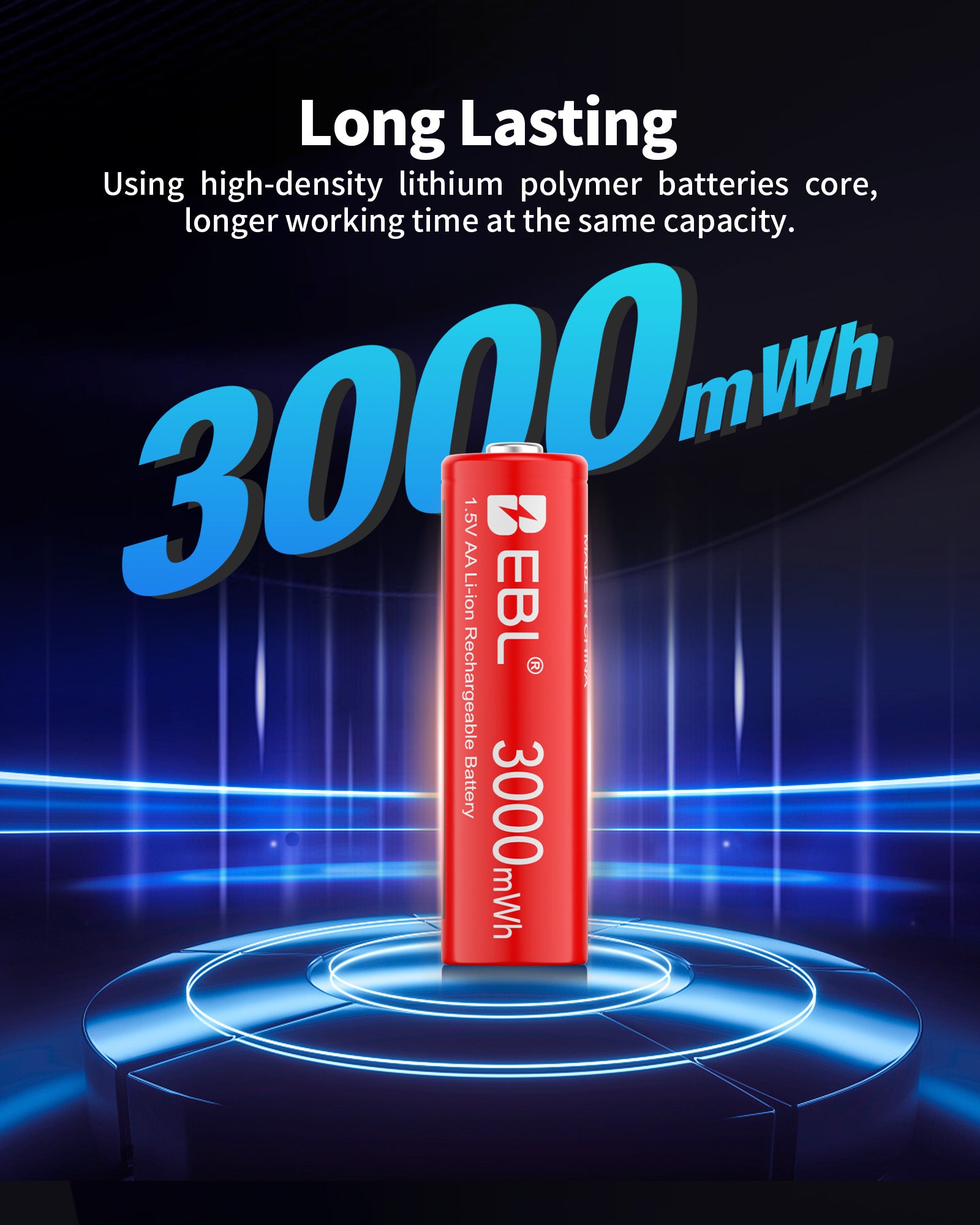
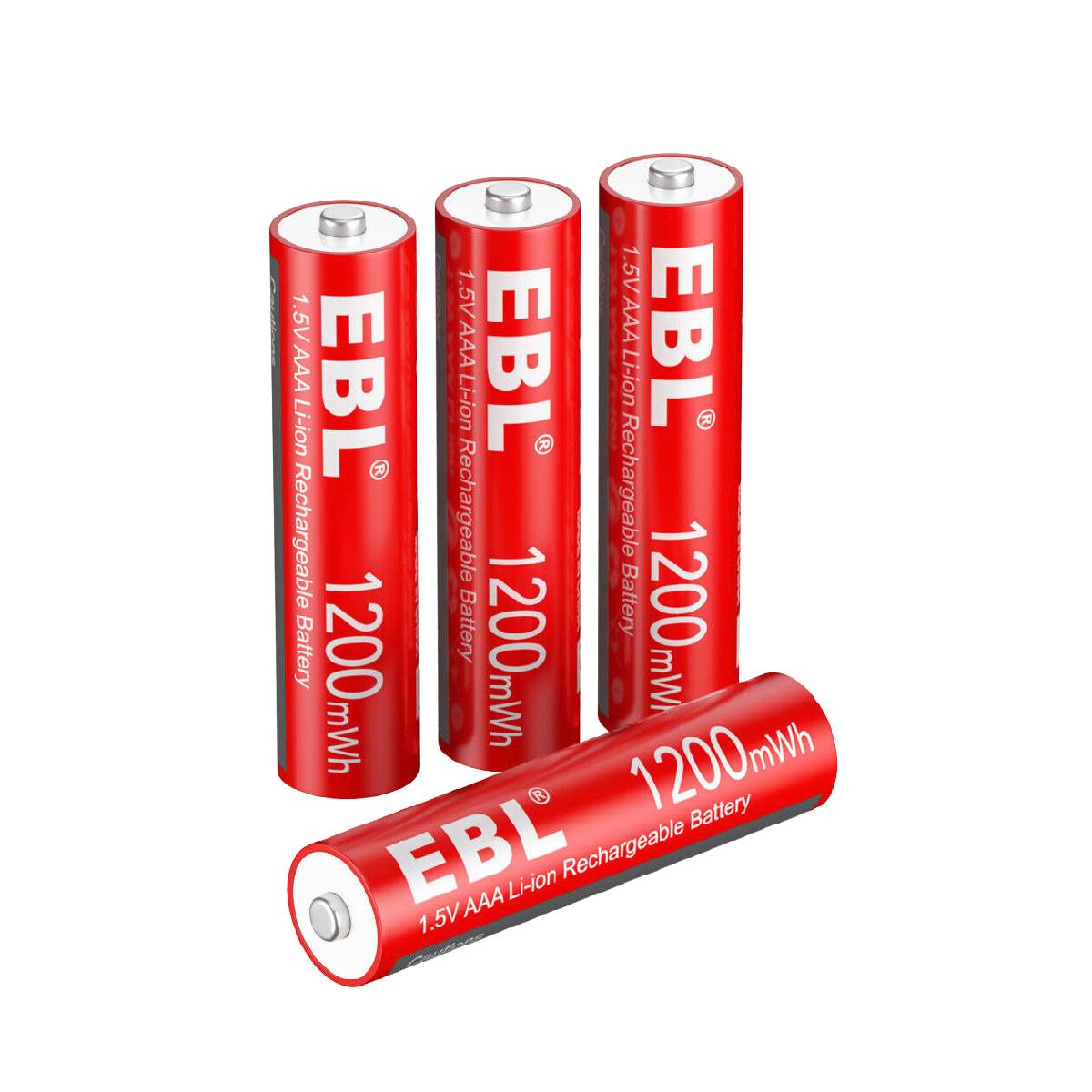
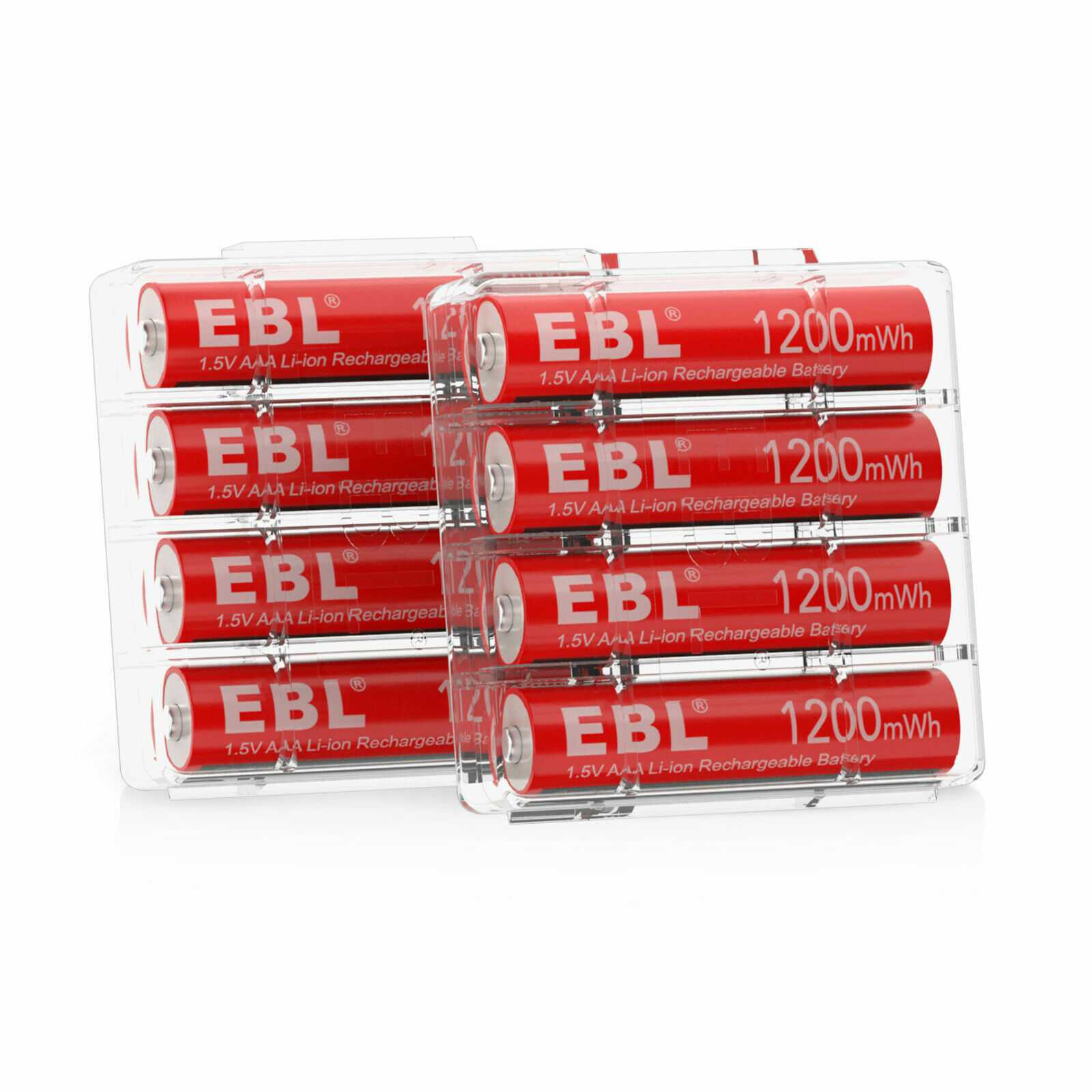
Leave a comment
All comments are moderated before being published.
This site is protected by hCaptcha and the hCaptcha Privacy Policy and Terms of Service apply.